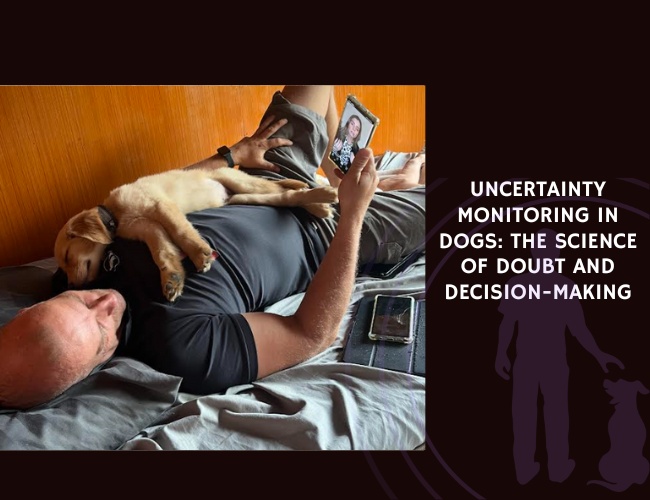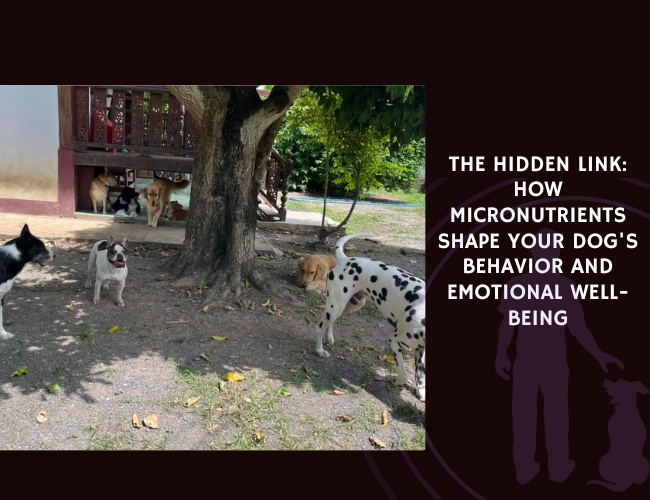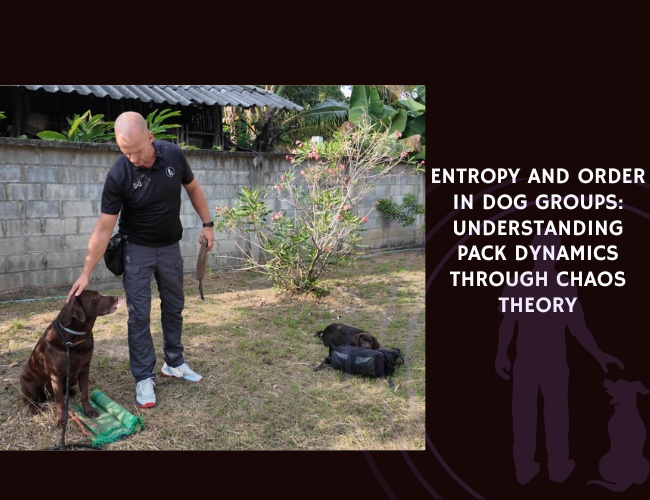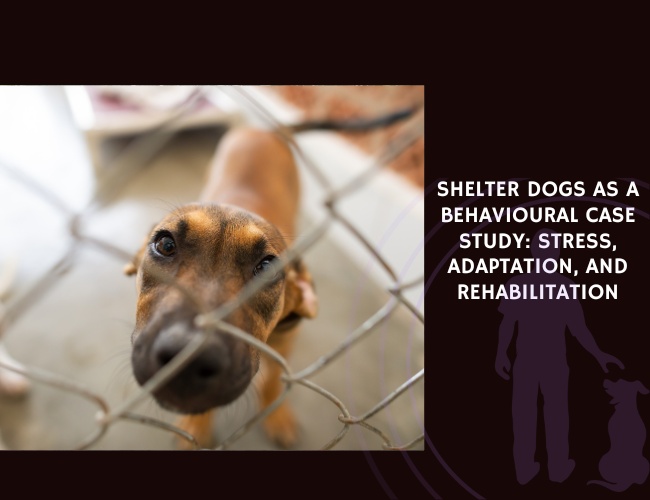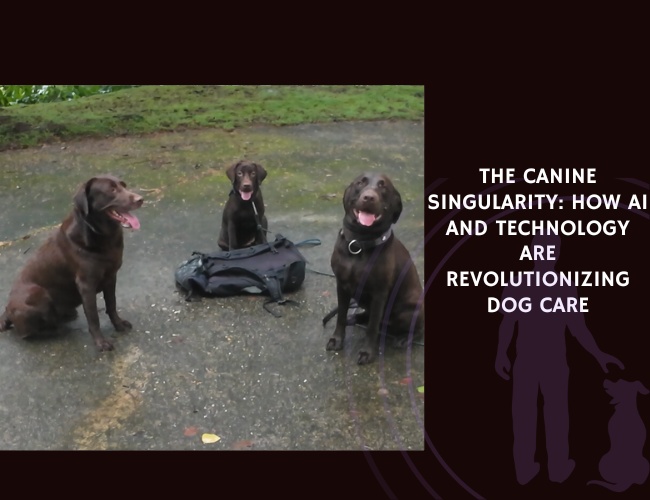Language evolution is a defining feature of human development, but its origins are still debated. In this article, Benítez‐Burraco et al. (2021) propose that dog domestication influenced human self-domestication, with both processes shaping each other and impacting the rise of complex language.
The authors argue that reduced aggression and enhanced prosociality—hallmarks of human self-domestication—created favorable conditions for cultural and linguistic advancement. Because humans have lived alongside dogs for tens of thousands of years, the co-evolutionary relationship with dogs may have further encouraged tolerance, cooperation, and emotional regulation in humans.
Evidence supporting this hypothesis comes from ethological, archaeological, genetic, and physiological studies. Archaeological findings highlight the long history of dog–human partnerships, while genetic research suggests overlapping pathways in domestication processes that affect aggression and sociability in both species.
The review posits that the parallel domestication of dogs and humans formed a reinforcing cycle: as humans selected for tameness and prosociality in dogs, they may have simultaneously reinforced similar traits in themselves. This feedback loop, the authors suggest, helped establish the social scaffolding necessary for language complexity to flourish.
Ultimately, this hypothesis underscores the importance of interspecies relationships in human evolution. By considering dogs not only as companions but also as evolutionary partners, the study sheds new light on how social behavior, domestication, and communication are intertwined in shaping human language.
Source: Benítez‐Burraco, A., Pörtl, D., & Jung, C. (2021). Did Dog Domestication Contribute to Language Evolution? Frontiers in Psychology, 12. Publication Date: September 13, 2021. References: 249. Citations: 3.


